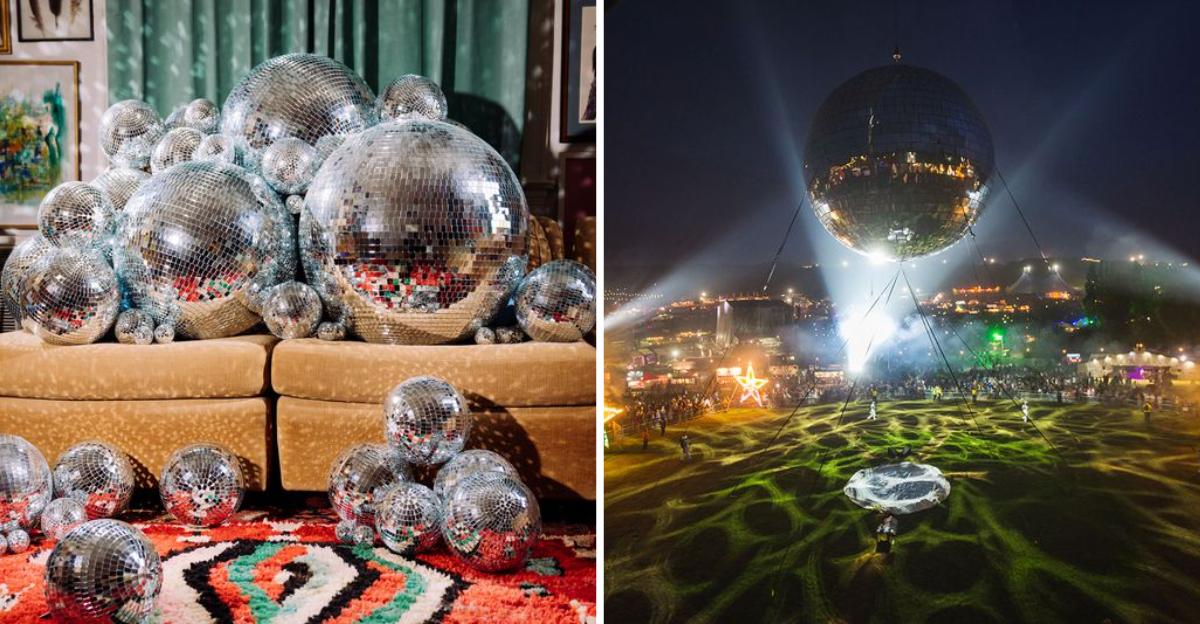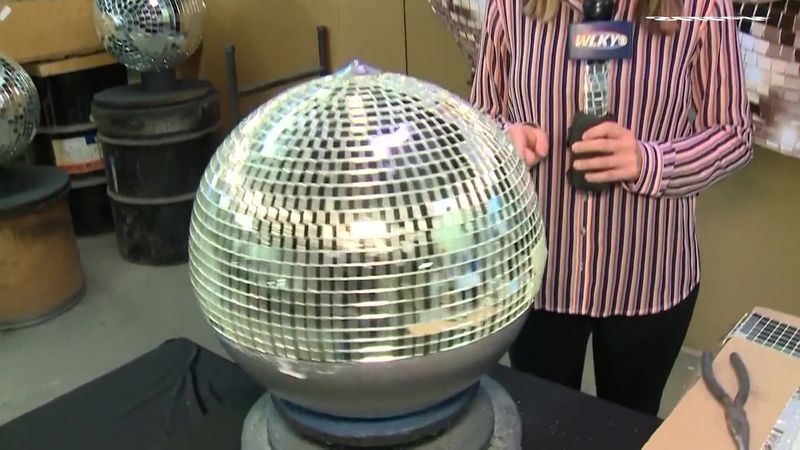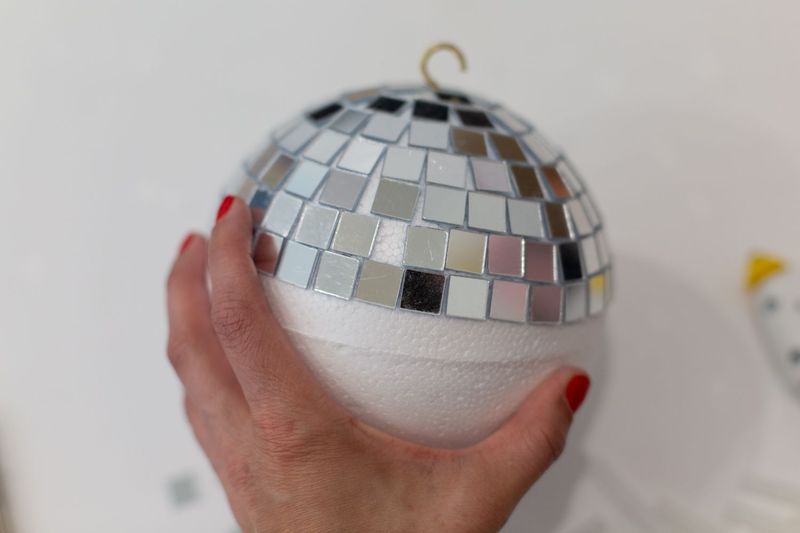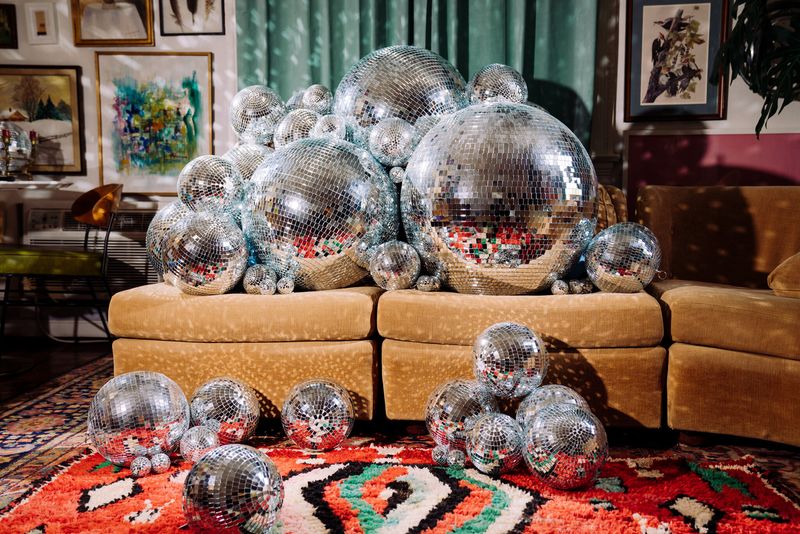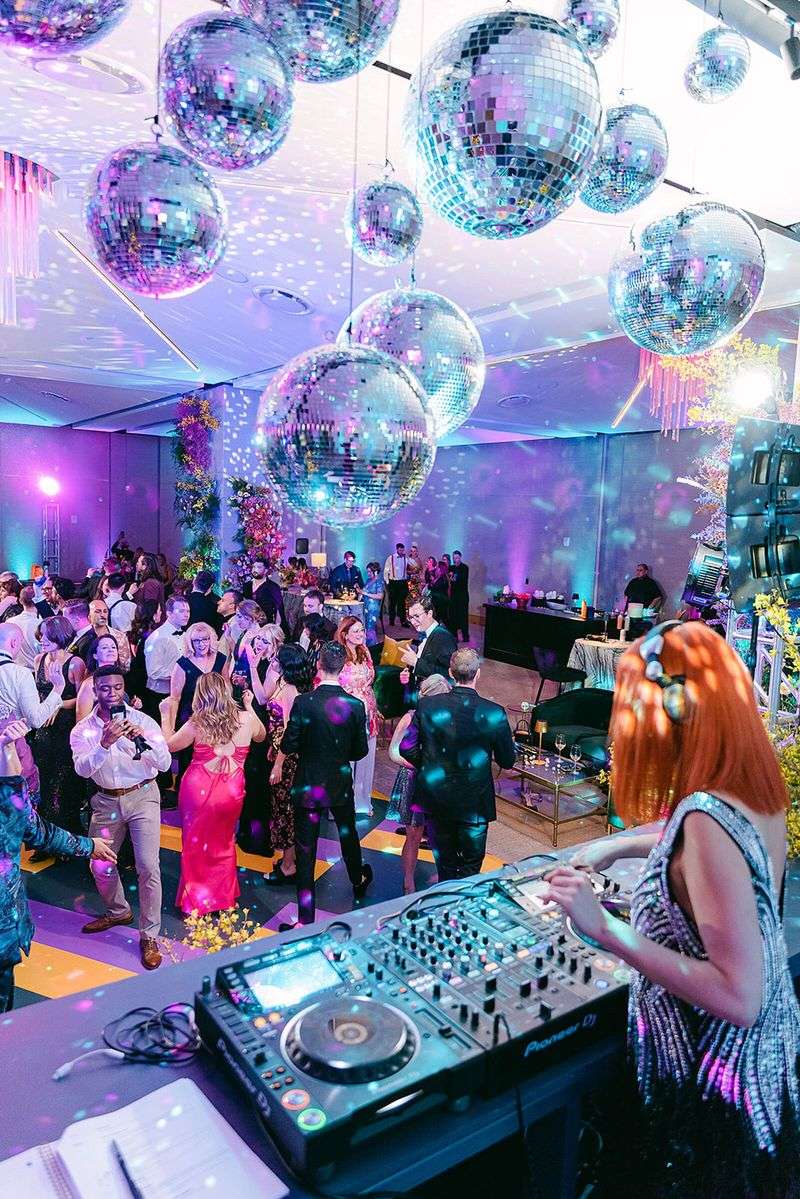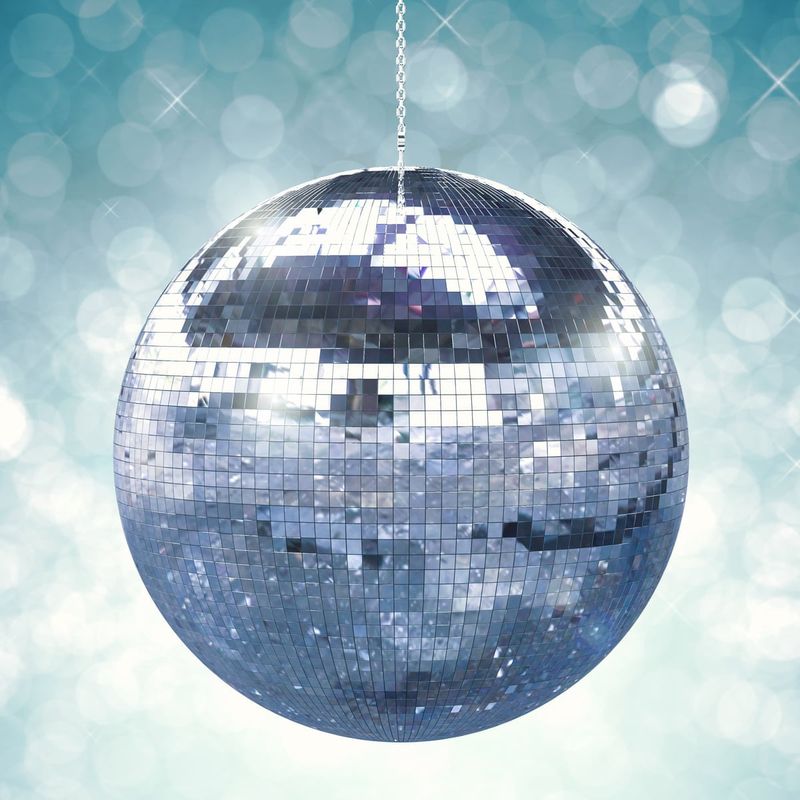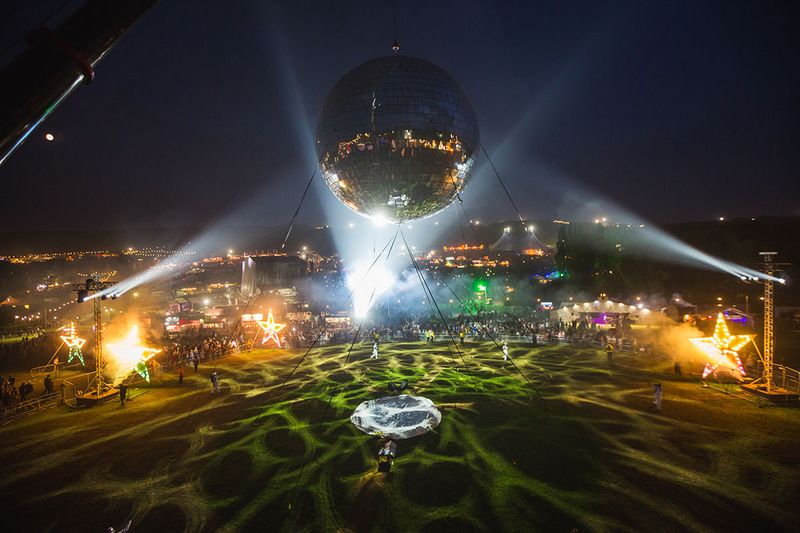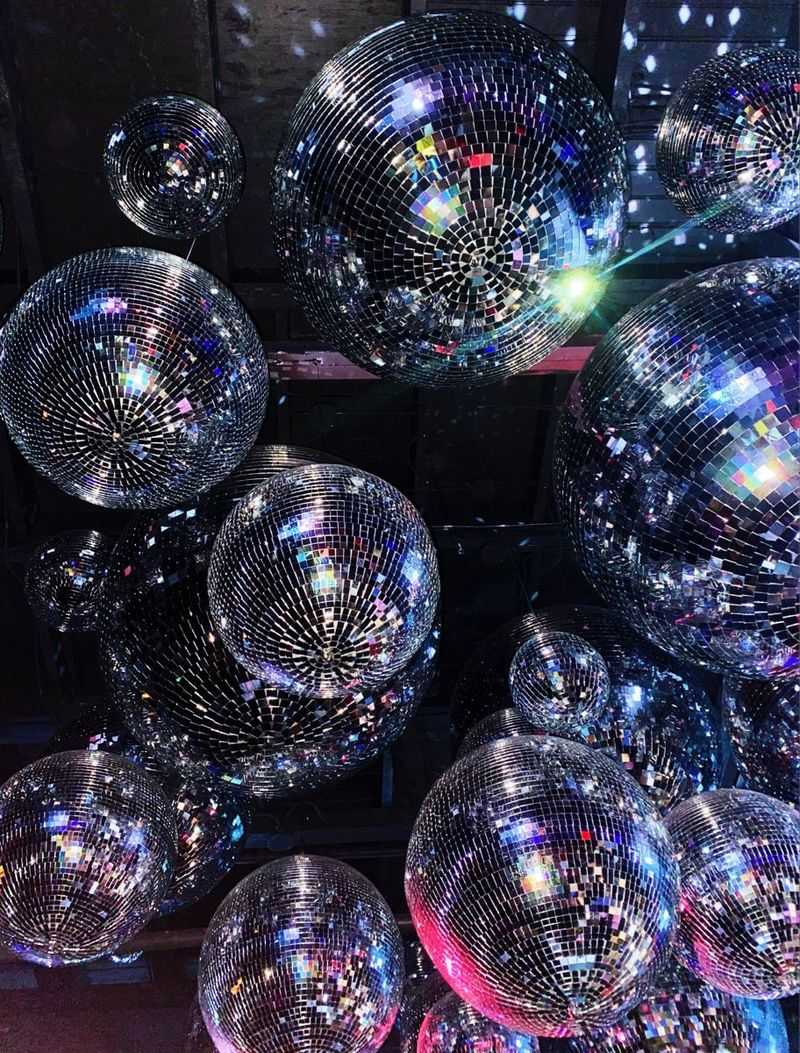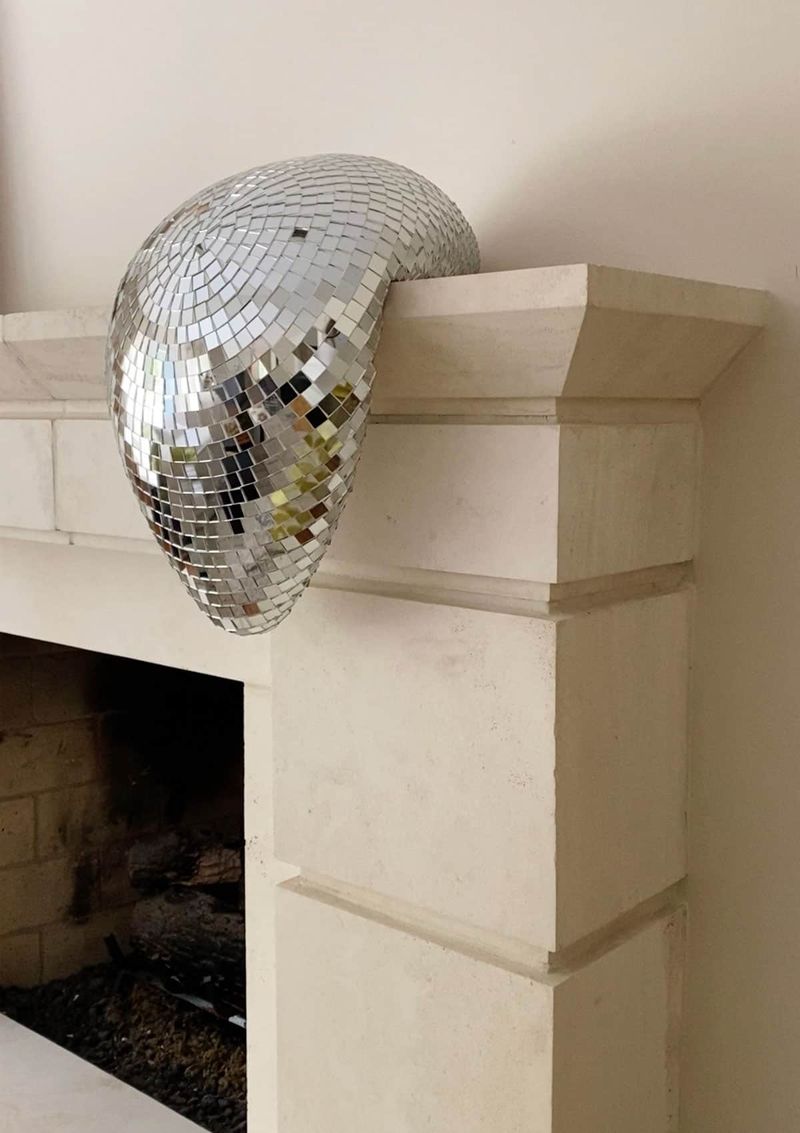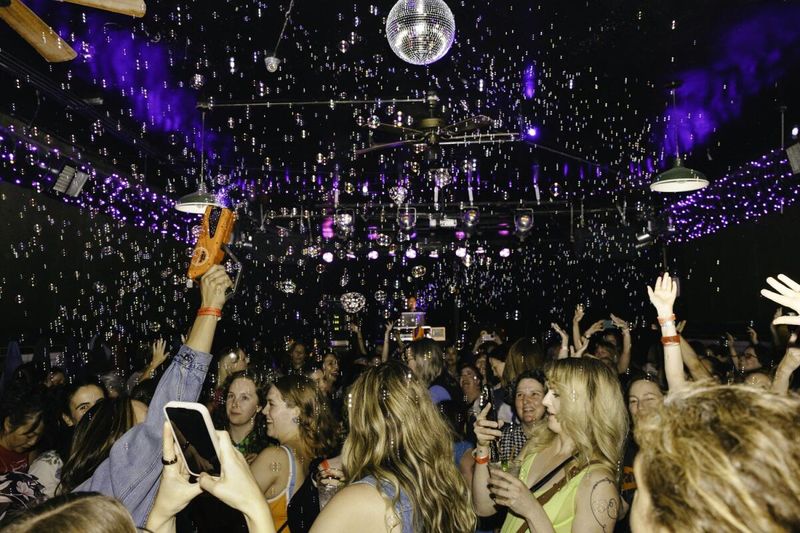Disco balls, those glittering spheres of fun, have been a staple in dance venues and parties for decades. But there’s more to these iconic symbols of celebration than meets the eye. From their surprising origins to their role in pop culture, disco balls have an interesting history and a charm that’s hard to resist. Join us as we delve into nine captivating facts about disco balls that will make you appreciate their sparkle even more.
Origin of Disco Balls
Disco balls, often associated with the 1970s, actually trace back to the 1920s. Originally known as ‘mirror balls,’ they were used in nightclubs and dance halls to create dazzling light effects. In these early days, they were a staple in dance venues, adding a touch of magic to the atmosphere. Imagine a grand ballroom, filled with elegantly dressed couples dancing under the shimmering reflections of a disco ball. The spinning sphere, covered in mirrored tiles, captivated audiences and transformed dance floors into mesmerizing wonderlands.
Materials Used
The typical disco ball is covered with hundreds of small, mirrored tiles. These tiles are meticulously placed on a round frame to reflect light in multiple directions. The reflective quality of these mirrors is crucial, as it creates the iconic sparkling effect that enchants party-goers. Each tile is usually made of glass or high-quality plastic, ensuring durability and shine. The crafting process requires precision and patience, as each tile must be perfectly aligned. Once complete, the disco ball is a masterpiece of light and reflection, ready to dazzle onlookers.
Disco Ball Sizes
Disco balls come in various sizes, from tiny handheld versions to massive ones used in large venues. The size of the disco ball can significantly impact the light effects it produces. Smaller balls are perfect for intimate settings, where subtle reflections are desired. Meanwhile, larger disco balls create a grand spectacle, with expansive light displays that cover entire dance floors. Whether big or small, each disco ball holds the power to transform spaces into sparkling dance paradises, captivating every attendee with its shimmering beauty.
Cultural Impact
The cultural impact of disco balls is undeniable, especially during the disco era of the 1970s. These glittering spheres became synonymous with nightclubs, dance parties, and the glamorous disco lifestyle. They were a symbol of the exuberant, carefree nature of the time, reflecting an era filled with music, dance, and celebration. Disco balls transcended the dance floor, appearing in movies, music videos, and art. Their influence continues today, as they evoke nostalgia and remain a popular choice for events aiming to capture a retro vibe.
Modern Uses
Today, disco balls are not just relics of the past but are used in modern settings to create unique atmospheres. From weddings to music festivals, these sparkling spheres add a touch of glamour and fun. They’re often used in creative ways, hanging from ceilings, placed on tables, or even incorporated into art installations. The versatility of disco balls allows them to fit seamlessly into various themes, making them a favorite among event planners looking to add a bit of sparkle to their décor. Their timeless appeal continues to shine.
Famous Disco Balls
Some disco balls have gained fame due to their size or unique features. One of the most notable is the world’s largest disco ball, which made its debut at an outdoor music festival. This massive sphere, covered in thousands of mirrored tiles, set a new standard for grandeur and spectacle. Its stunning reflections could be seen from miles away, creating a mesmerizing display of light. Such famous disco balls become attractions in themselves, drawing crowds eager to witness their magnificence and the dazzling shows they create.
Disco Ball Maintenance
Maintaining a disco ball involves careful cleaning to preserve its sparkle. Regular dusting with a soft cloth helps keep the mirrors shining. For more thorough cleaning, a gentle solution can be used to remove any smudges or dirt. It’s essential to handle the ball delicately to avoid damaging the mirrors. Proper maintenance ensures that the disco ball continues to reflect light beautifully, keeping it ready for its next dazzling performance. Taking the time to care for a disco ball pays off, as it remains a stunning centerpiece for any event.
DIY Disco Balls
Creating your own disco ball can be a fun and rewarding DIY project. Start with a spherical object as the base, such as a foam ball. Cover it with small mirrored tiles or cut pieces from old CDs for a creative twist. Adhesive is used to attach the mirrors carefully, ensuring they reflect light correctly. It’s a project that requires patience and precision, but the result is a personalized disco ball that can add sparkle to any space. DIY disco balls are a testament to creativity, offering a unique decorative piece.
Record-Breaking Disco Ball Events
Disco balls have been central to numerous record-breaking events. One notable example is a global dance party that aimed to break the record for the most people dancing simultaneously under a disco ball. The event attracted thousands of participants, all grooving to the beat beneath the shimmering sphere. Such events highlight the continuing appeal of disco balls, bringing people together in celebration and fun. These gatherings emphasize the communal joy that disco balls inspire, drawing crowds eager to be part of a record-breaking moment of dance and light.
